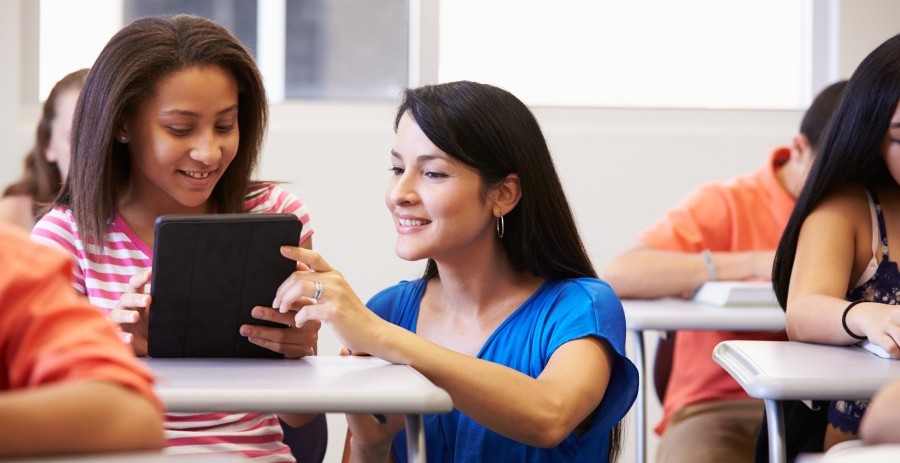Posted on June 15, 2016
By Traci Cothran
“Kids these days don’t know how good they have it.” It’s an old adage, but I swear these days it really is true. Long gone are the days of Wite-Out, word processors, having to visit the library to see if a book for class is available, and walking five miles through snow (barefoot!) to get to school.
The Google Classroom integration with Gale products only provides more fodder for this truism – as it makes life much more manageable for students. Middle-grade students on up use Google Classroom to seamlessly to connect from home – or any other location via cellphone or tablet – to view classroom assignments, post their homework documents (in Word, Prezi or other software), and much more. Kids can also access e-learning texts this way, along with reference databases from their library’s collection, and our Gale databases can easily be highlighted, cut and pasted, and cited, then uploaded to the student’s Google Drive account. Easy-peasy! Sure, my daughter still has print text books, but they are no longer the primary guide to classroom activities – teachers can (and do) easily use multiple sources for lessons. It’s a Brave New World out there in education.
Read moreWhat My Seventh Grader Taught Me About Google Classroom









